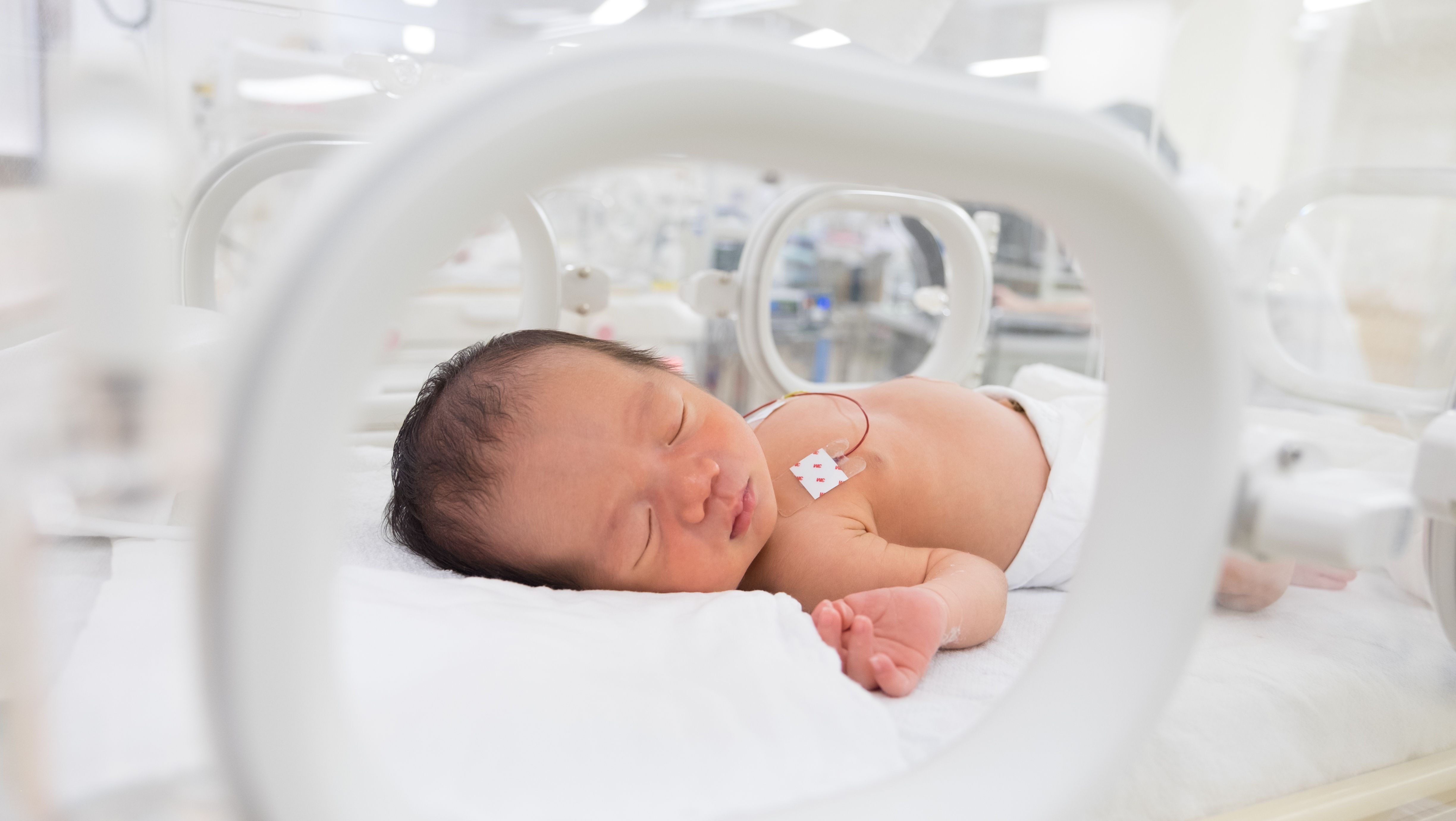HMBANA member milk banks are meeting 100% of the current demand for donor milk in NICUs throughout the US and Canada.1 Despite a robust supply of donor milk, hospital utilization of donor milk varies. Recent mPINC survey data show that 100% Level IV NICUs surveyed and 92% of Level III NICUs provide donor milk for premature infants, while only 45% of Level II NICUs have donor milk programs.2
Premature newborns who are fed formula instead of human milk face a higher risk of necrotizing enterocolitis (NEC), a serious disease with a high mortality rate. HMBANA member milk banks are committed to reducing this risk by supplying safe, pasteurized donor milk to every NICU in the US and Canada. The American Academy of Pediatrics has endorsed the use of donor milk for premature infants for over a decade,3-6 and recent research demonstrates a 50% reduction in the risk of NEC when donor milk is used instead of preterm formula.7
To increase access to donor milk, HMBANA urges all NICUs to offer donor milk when maternal milk is unavailable. According to the 2022 mPINC survey data, over 50% of the level II units surveyed reported that they do not currently offer donor milk to their patients2. This lack of full hospital utilization, coupled with disparities that impact marginalized and rural communities places the health of premature babies at risk.8
As demand for donor milk grows, premature babies depend on the generosity of milk donors to help support their complex nutritional needs. Increased milk donations will help ensure that every premature baby can access this life saving resource. Donate milk and save a tiny life today. Please find your local nonprofit milk bank here.
References:
1. HMBANA Supply and Demand Survey, September 23, 2024.
2. Anstey E, Noiman A, Boundy E, Nelson J. Maternity care practices supportive of breastfeeding in U.S. advanced neonatal care units, United States, 2022. J Perinatol. Published online October 7, 2024. doi:10.1038/s41372-024-02139-3
3. Section on Breastfeeding. Breastfeeding and the use of human milk. Pediatrics. 2012;129(3):e827-e841. doi:10.1542/peds.2011-3552
4. Committee on Nutrition; Section on Breastfeeding; Committee on Fetus and Newborn. Donor Human Milk for the High-Risk Infant: Preparation, Safety, and Usage Options in the United States. Pediatrics. 2017;139(1):e20163440. doi:10.1542/peds.2016-3440
5. Parker MG, Stellwagen LM, Noble L, et al. Promoting Human Milk and Breastfeeding for the Very Low Birth Weight Infant. Pediatrics. 2021;148(5):e2021054272. doi:10.1542/peds.2021-054272
6. Meek JY, Noble L; Section on Breastfeeding. Policy Statement: Breastfeeding and the Use of Human Milk. Pediatrics. 2022;150(1):e2022057988. doi:10.1542/peds.2022-057988
7. Colaizy TT, Poindexter BB, McDonald SA, et al. Neurodevelopmental Outcomes of Extremely Preterm Infants Fed Donor Milk or Preterm Infant Formula: A Randomized Clinical Trial. JAMA. 2024;331(7):582-591. doi:10.1001/jama.2023.27693
8. HMBANA Equitable Donor Milk Access Blueprint, 2024: https://www.hmbana.org/news/blog.html/article/2023/10/11/hmbana-empowers-donor-milk-access-with-innovative-blueprint

